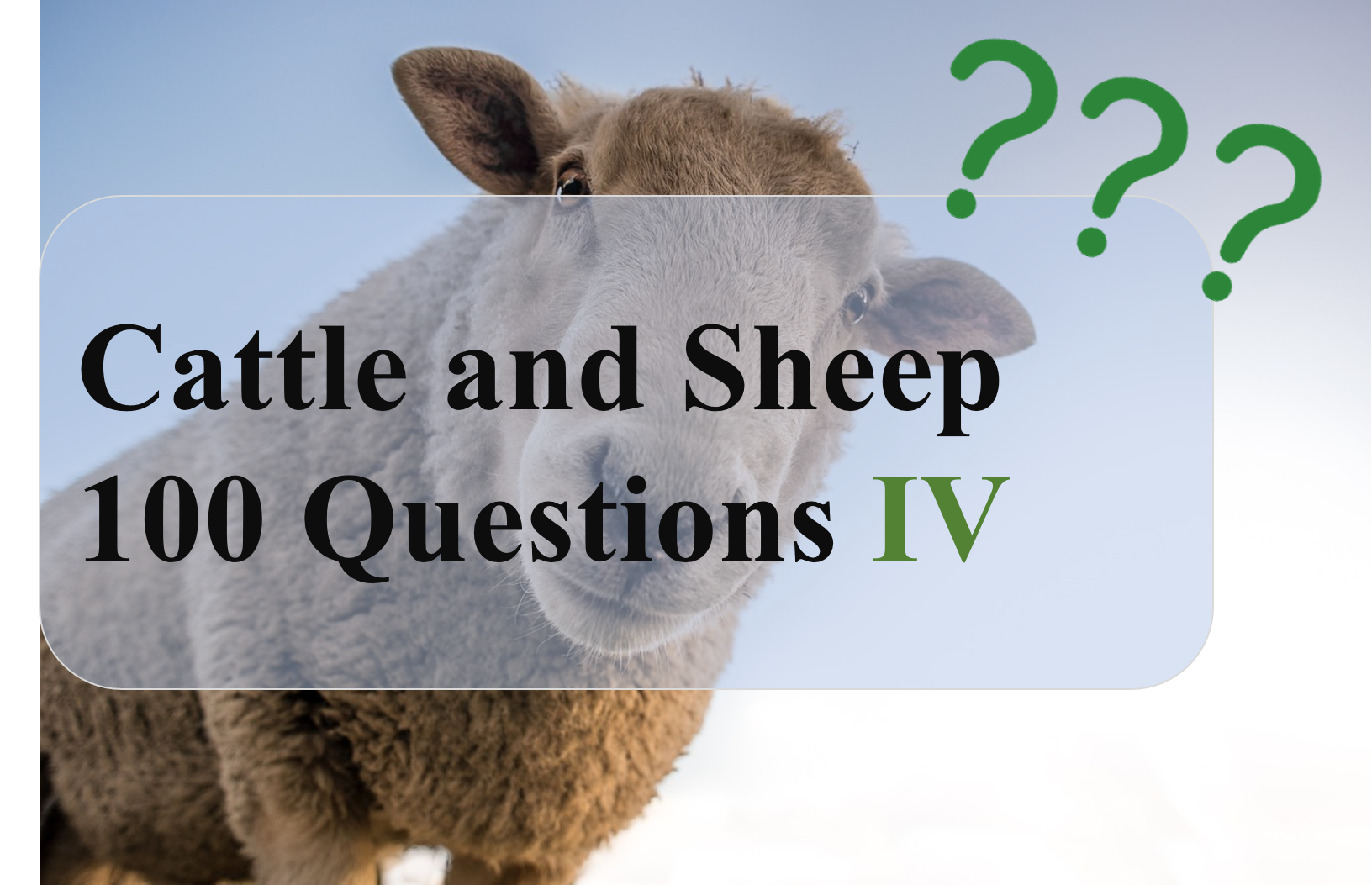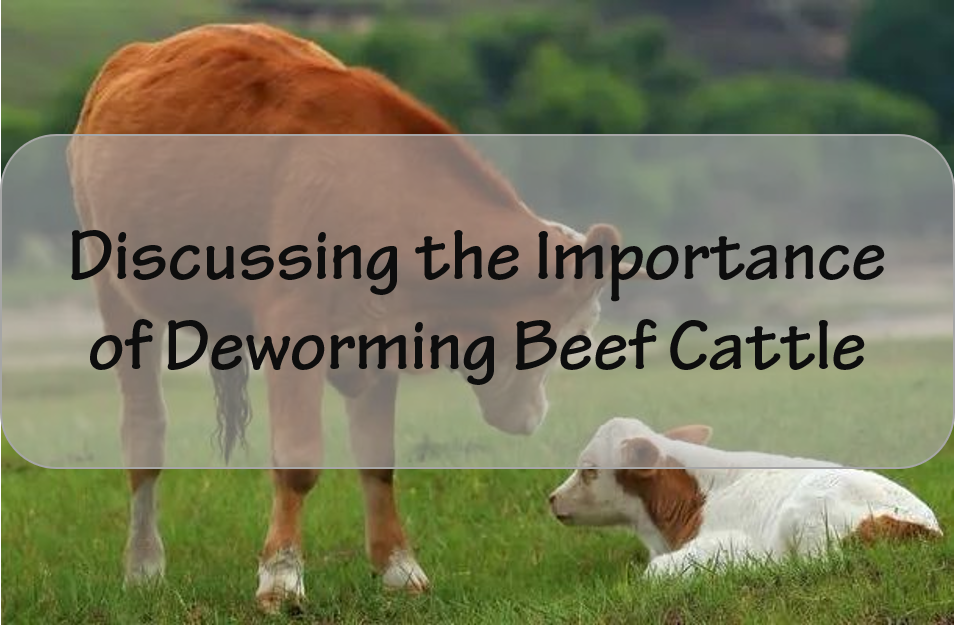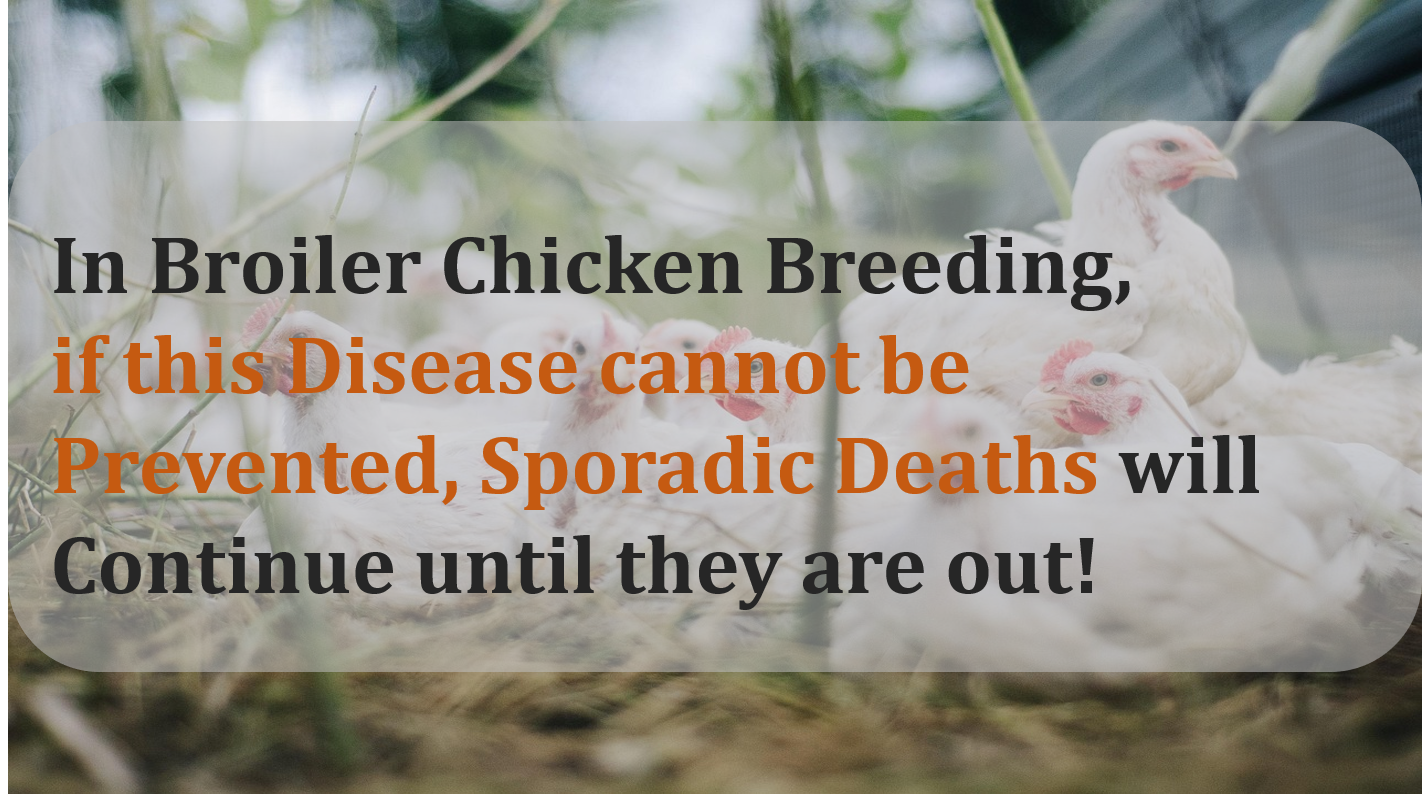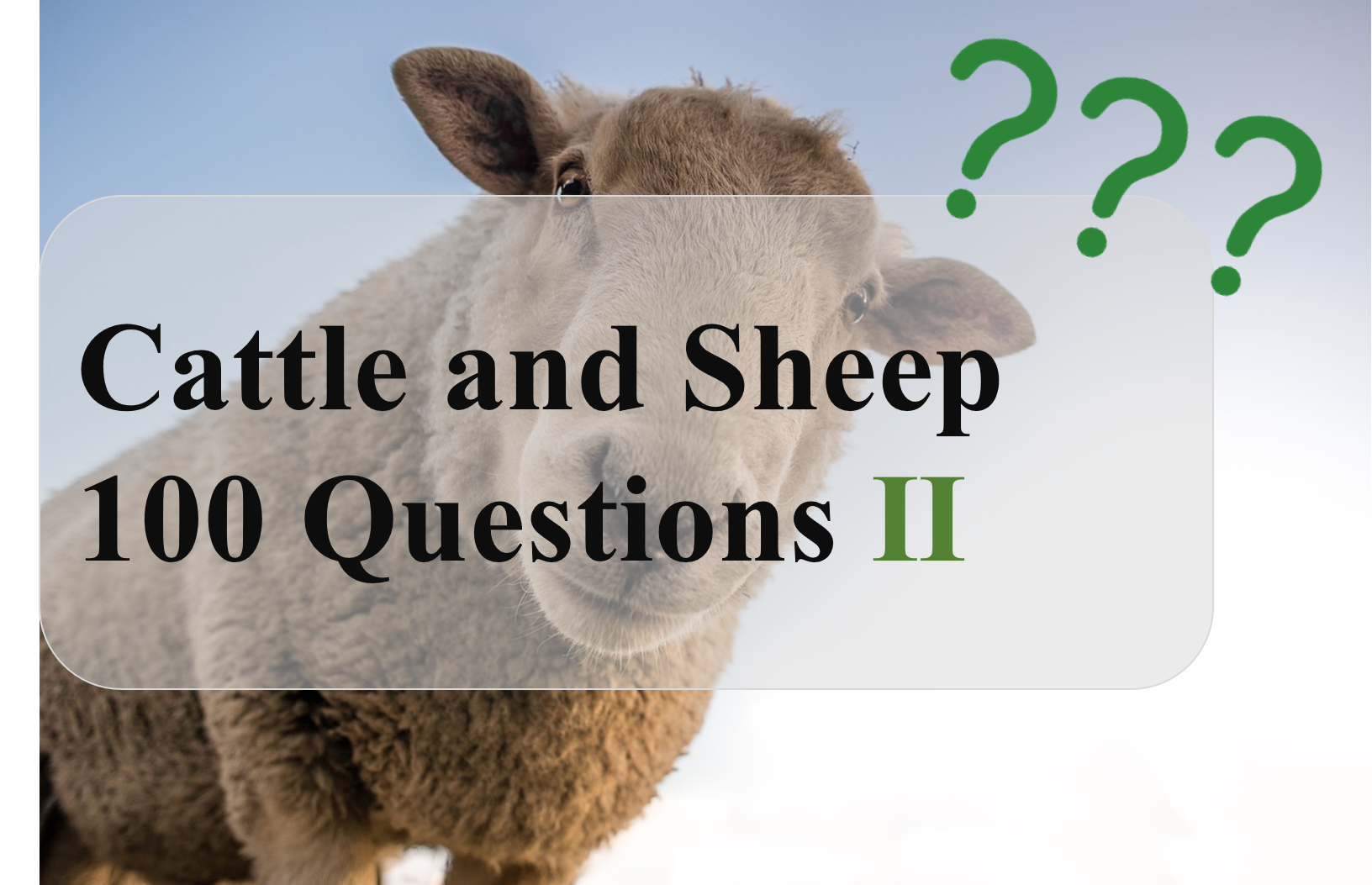|
Strategic Management of Future Lactating Herds
Let's analyze these two statements: We want bigger, stronger heifers (who produce more milk), but we want to produce them as soon as possible. The data show that older heifers start out with more milk and therefore have better lactation persistence, but the data also show that younger, heavier heifers will produce more milk than older heifers. Unfortunately, there is no new or simple algorithm or software that can help us achieve our goal of finding "younger and bigger." Don't worry, though, there's an algorithm that can solve this puzzle. Stunning start-up: The production of the best young cows in terms of quality and quantity of cow colostrum starts from the delivery room to the calf island. The aim should be to double the birth weight of calves before 60 days of age-a "healthy and important start". Environmental factors: The need to provide a comfortable and desirable environment for young cows from calf island to late drying. This means there is enough feeding space, lying space and access to drinking water. Feed: Adequate dry matter intake (DMI)/energy intake is critical. Observation of individual and group animals: Is there enough feeding and drinking space for each cow? Are they comfortable? Because we use excessive amounts of forage fiber in the diets of young cows, we want to ensure that picky eating is low. Hopefully all animals will get enough energy. Reproduction and Energy:This is based, not weight. If you do everything else right, you should gain adult weight when the heifers breed. Don't forget to pay attention to the conception rate of heifers. Focus on good breeding protocols, not body weight, which will be achieved if we have a good breeding/management protocol. |
 Cattle and Sheep 100 Questions Ⅳ
Cattle and Sheep 100 Questions Ⅳ
 Discussing the Importance of Deworming Beef Cattle
Discussing the Importance of Deworming Beef Cattle
 In broiler chicken breeding, if this disease cannot be prevented, sporadic deaths will continue until they are out!
In broiler chicken breeding, if this disease cannot be prevented, sporadic deaths will continue until they are out!
 Cattle and Sheep 100 Questions Ⅱ
Cattle and Sheep 100 Questions Ⅱ